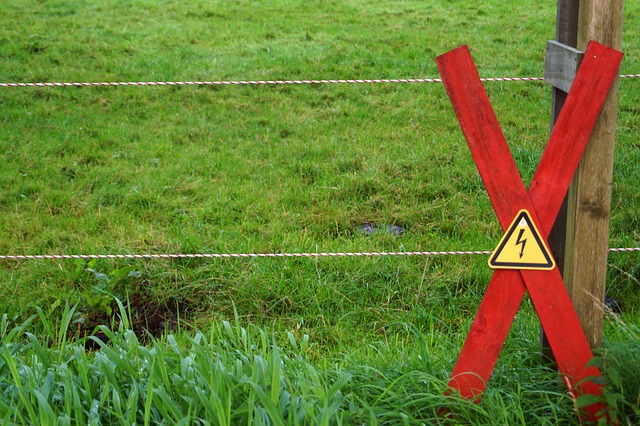In coastal regions, where harsh weather conditions regularly threaten infrastructure, durable wooden fencing emerges as a resilient solution. This article delves into the intricacies of selecting and maintaining robust wood fences designed to withstand the unique challenges of coastal areas. From understanding extreme weather patterns to exploring the advantages of treated wood and practical installation guidelines, we equip readers with essential knowledge for erecting long-lasting barriers that safeguard properties along shorelines. Additionally, we scrutinize maintenance practices crucial for ensuring the longevity of these valuable coastal defenses.
- Understanding Coastal Weather Conditions for Fencing
- Benefits of Durable Wooden Fencing Materials
- Installation Tips for Long-Lasting Coastal Fences
- Maintenance and Longevity of Wooden Coastline Barriers
Understanding Coastal Weather Conditions for Fencing
Coastal areas are renowned for their rugged beauty, but this environment presents unique challenges when it comes to fencing. Understanding the specific weather conditions is paramount when selecting durable materials, especially wooden fences. The constant barrage of salty sea air, strong winds, and extreme temperature fluctuations can significantly impact the longevity of any exterior structure.
One of the primary considerations is moisture retention. Saltwater has a higher corrosive effect than regular water, which can accelerate wood rot and decay. Therefore, choosing a robust, naturally durable wood species like cedar or treated timber is essential. These materials have natural resistance to rot and insects, ensuring your fence stands strong against the coastal elements for years to come.
Benefits of Durable Wooden Fencing Materials
Durable wooden fencing offers an attractive and natural solution for coastal areas, providing a range of benefits that make it a popular choice among homeowners and property managers. One of its key advantages is its ability to withstand harsh weather conditions, including strong winds, heavy rain, and salty sea air—all common in coastal environments. Unlike other materials that might degrade or become brittle, treated wood can remain sturdy and durable for years, ensuring long-term protection against the elements.
Additionally, wooden fencing is an environmentally friendly option, as it is a renewable resource that can be sustainably managed. The long lifespan of this material also translates to reduced maintenance costs over time compared to other types of fencing. Its natural aesthetics complement coastal landscapes, providing both privacy and defining property boundaries while seamlessly integrating with the surrounding environment.
Installation Tips for Long-Lasting Coastal Fences
When installing wooden fences in coastal areas, several strategies can ensure longevity and durability. First, choose a fence design that allows for water drainage to prevent moisture build-up, which can lead to rot or wood decay. Consider a slatted or latticed fence style that permits airflow, reducing the risk of water damage. Use treated timber suitable for outdoor and coastal environments; look for species like cedar or pressure-treated pine with high resistance to rot and pests.
Before installation, prepare the ground properly by ensuring it is level and compacted to support the fence’s weight. Properly anchor posts into concrete to withstand strong coastal winds and tides. Regular cleaning and maintenance are crucial; wash away salt deposits and apply protective coatings or sealants every few years to preserve the wood.
Maintenance and Longevity of Wooden Coastline Barriers
Wooden fencing in coastal areas requires a special consideration for maintenance due to constant exposure to salt water and varying weather conditions. Regular cleaning and sealing are essential to protect the fence from rot, mold, and corrosion. A simple annual wash with fresh water and a mild detergent, followed by a coat of marine-grade sealant, can significantly extend the lifespan of the wood.
Compared to other materials like vinyl or metal, well-maintained wooden barriers can last for several decades. The longevity is attributed to the natural resistance of certain wood species to decay and their ability to withstand harsh environments. Proper installation, including adequate drainage and post spacing, also plays a crucial role in ensuring the fence’s durability and minimizing maintenance needs over time.
